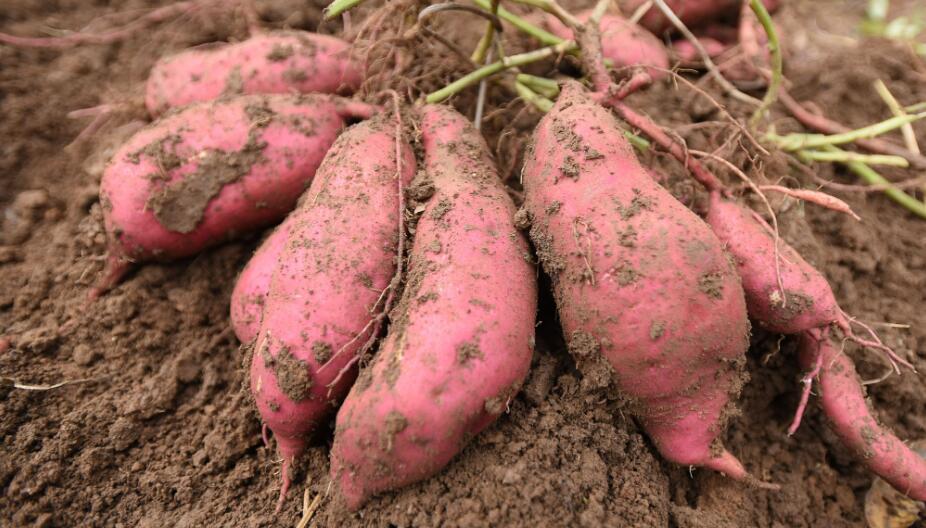LI Ying, ZHANG Sheng, HAO Yunfeng, MA Juncheng, WANG Chunmei, HAN Haijun, GAO Lei, GAO Jiabo
In this study, we set a series of different irrigation combinations. We systematically studied the effects of different irrigation time combinations on potato growth, yield formation and water use efficiency under drip irrigation. The total irrigation volume was 1 725 m3/ha, and the number of irrigation times was 7 times, the non-irrigation treatment was used as a control (CK), and four different irrigation periods are set respectively,B1 (irrigation 300 m3/ha on June 15th,irrigation 225 m3/ha on June 25th, irrigation 300 m3/ha on July 5th, irrigation 300 m3/ha on July 15th, irrigation 225 m3/ha on July 25th, irrigation 225 m3/ha on August 4th, irrigation 150 m3/ha on August 14th), B2 (irrigation 150 m3/ha on June 5th, irrigation 300 m3/ha on June 15th, irrigation 225 m3/ha on June 25th, irrigation 300 m3/ha on July 5th, irrigation 300 m3/ha on July 15th, irrigation 225m3/ha on July 25th, irrigation 225 m3/ha on August 4th), B3 (irrigation 150 m3/ha on June 5th,irrigation 300 m3/ha on June 15th, irrigation 300 m3/ha on July 5th, irrigation 300 m3/ha on July 15th, irrigation 225m3/ha on July 25th, irrigation 225 m3/ha on August 4th,irrigation 225 m3/ha on August 14th), B4 (irrigation 300 m3/ha on June 15th, irrigation 300 m3/ha on July 5th, irrigation 300 m3/ha on July 15th, irrigation 225 m3/ha on July 25th,irrigation 225 m3/ha on August 4th,irrigation 225 m3/ha on August 14th,irrigation 150 m3/ha on August 24th).The results showed that with the potato growth stage developed, the leaf area index, dry matter accumulation of leaves and petioles and stems were highest in B1 treatment, and all reached the maximum value at 65 days after emergence; the dry matter accumulation amount of tubers reached the maximum value during the harvest period, B1 treatment was extremely significantly higher than other treatments. The tuber yield and commercial potato rate of B1 treatment were the highest, reaching 53 246 kg/ha, 89.6%, which was not significantly different from other treatments, but the water use efficiency was significantly higher than other treatments.The starch content was highest in CK, and there was no significant difference between irrigation treatments. The Pro content and MDA content were the lowest in B1 treatment, significantly lower than CK. In summary, the B1 irrigation period treatment combination can be used as a suitable irrigation time combination for potato production under drip irrigation.
